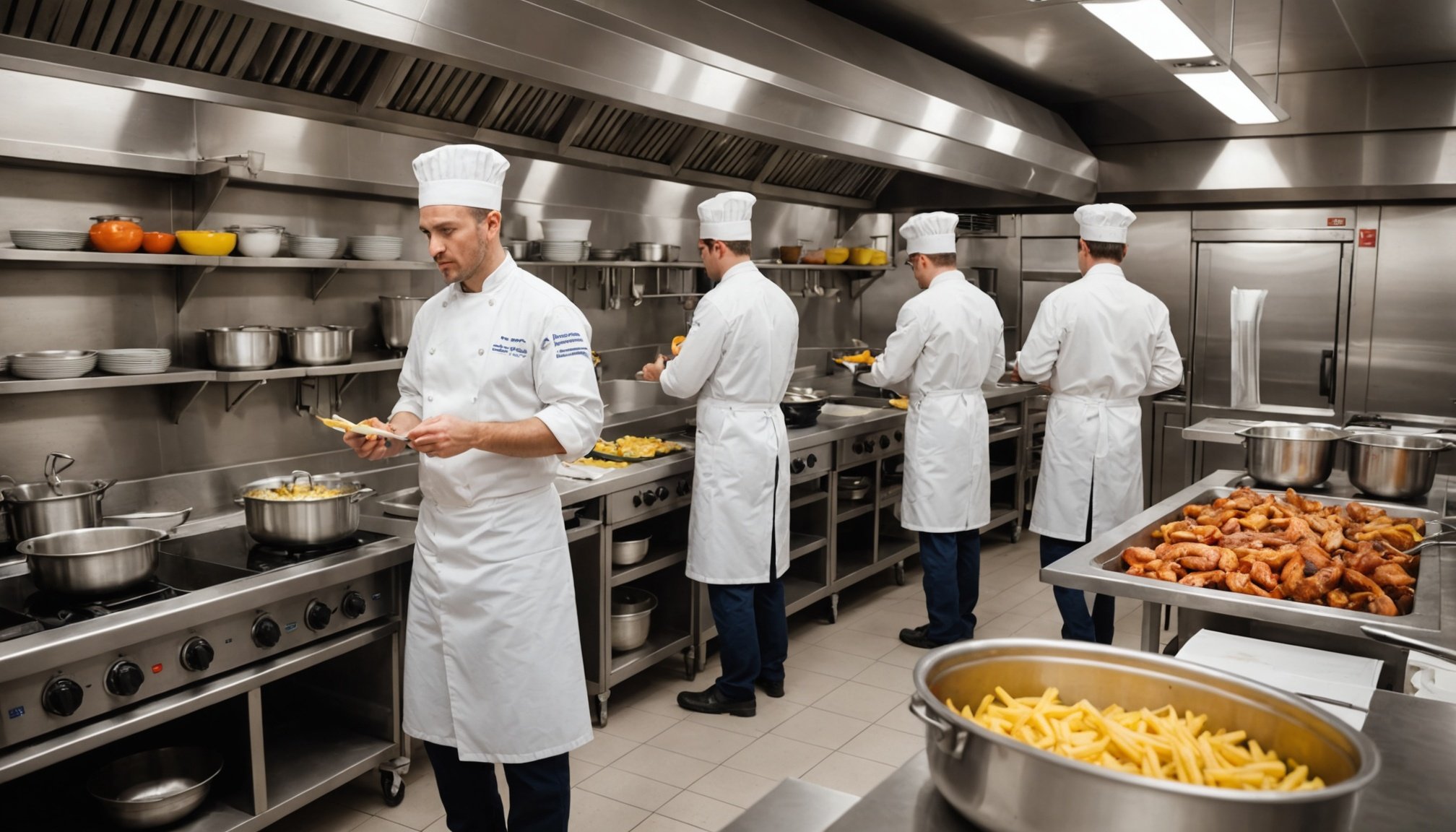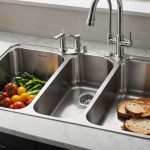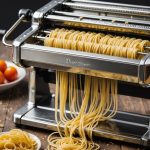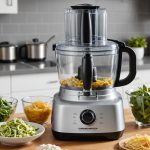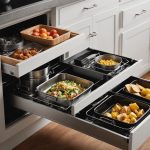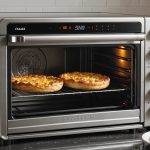Creating an effective health and safety plan for your commercial kitchen is essential to ensure the wellbeing of your staff and customers. A robust plan not only mitigates risks but also enhances operational efficiency. Start by assessing potential hazards within your kitchen environment. Implement training sessions to foster a culture of safety among employees. Regular audits will help maintain compliance with health regulations. Use this guide to empower yourself and your team to create a safer, more productive culinary workspace.
Introduction to Health and Safety Plans for Commercial Kitchens
Understanding the intricacies of a health and safety plan in commercial kitchens is crucial for ensuring a safe working environment. These plans are not just about compliance; they are about creating a culture of safety that protects employees and enhances business operations.
Also read : Elevate your restaurant menu: the benefits of embracing locally sourced ingredients for exceptional flavor
Importance and Compliance
A well-structured health and safety plan is essential for any commercial kitchen. It helps in adhering to local regulations and industry standards, which often include specific guidelines on food handling, equipment maintenance, and emergency procedures. Compliance with these standards is not just a legal requirement but a commitment to the well-being of your staff and customers.
Benefits of a Comprehensive Plan
Implementing a comprehensive commercial kitchen safety plan has several benefits. It minimizes the risk of accidents and injuries, thereby reducing potential downtime and liability issues. Moreover, it fosters a safe and efficient work environment, which can lead to improved productivity and staff morale.
Also read : Essential theft prevention techniques for your city bar: insider strategies for enhanced security
- Employee Safety: Reduces workplace accidents.
- Operational Efficiency: Streamlines processes and reduces downtime.
- Legal Compliance: Meets regulatory requirements, avoiding fines.
In essence, a robust health and safety plan is an investment in your business's future, ensuring that both employees and operations run smoothly and safely.
Hazard Identification in Commercial Kitchens
Identifying potential hazards in commercial kitchens is crucial for maintaining safety. A risk assessment is a vital process that helps detect and address these issues effectively.
Common Kitchen Hazards
In commercial kitchens, hazards such as slips, cuts, and burns are prevalent. These incidents often occur due to wet floors, sharp utensils, and hot surfaces. Recognizing these risks early is essential to prevent accidents.
Conducting a Thorough Hazard Assessment
A comprehensive risk assessment involves systematic evaluation of the kitchen environment. Start by observing daily operations and identifying areas prone to hazards. Engage staff in discussions to gain insights into potential risks they encounter. Regularly update assessments to adapt to new equipment or procedures.
Tools and Resources
Utilize available tools and resources to enhance hazard identification. Checklists and safety audits are effective for ensuring thorough assessments. Training programs can educate staff on recognizing and reporting hazards promptly.
"Safety doesn't happen by accident." – Author Unknown
By focusing on hazard identification and conducting regular risk assessments, commercial kitchens can significantly reduce the likelihood of accidents, ensuring a safer workplace for everyone involved. Implementing these strategies not only safeguards employees but also promotes a culture of safety and efficiency.
Developing Safety Protocols
Implementing effective safety protocols is essential for maintaining a secure and compliant kitchen environment. These protocols ensure that all aspects of food handling and preparation are conducted safely and efficiently.
Creating a Safe Kitchen Environment
To achieve a safe kitchen environment, establish clear kitchen safety procedures. This includes guidelines for food storage, cross-contamination prevention, and temperature controls. Regularly train staff to follow these procedures, ensuring compliance with industry standards.
Personal Protective Equipment (PPE) is crucial in safeguarding employees from potential hazards. Equip staff with appropriate PPE, such as gloves, aprons, and non-slip footwear, to minimize injury risks. Regularly inspect and replace PPE to maintain its effectiveness.
Best Practices for Safety
Adhering to best practices in kitchen safety involves continuous monitoring and improvement of safety protocols. Encourage staff to report safety concerns promptly and conduct regular safety meetings to address these issues.
- Food Handling: Implement strict kitchen safety procedures for handling raw and cooked foods.
- PPE Compliance: Ensure all staff wear required personal protective equipment.
- Emergency Preparedness: Develop and practice emergency response plans.
By focusing on these key areas, commercial kitchens can enhance their safety protocols, ensuring a safer workplace and compliance with health regulations.
Employee Training Programs
Empowering kitchen staff through education and practice.
Components of Effective Training
A robust employee training program is the backbone of any safe commercial kitchen. It should encompass various components, including kitchen safety training, hands-on practice, and theoretical knowledge. Training modules must cover essential topics like safety education, proper food handling, equipment use, and emergency procedures. By integrating these elements, kitchens can ensure a well-prepared workforce.
Frequency and Methods
Regular kitchen safety training is crucial for maintaining a high standard of safety. Training should be conducted at least quarterly, with additional sessions for new hires. Methods can include workshops, online courses, and in-person demonstrations. A diverse approach caters to different learning styles, ensuring comprehensive safety education for all employees.
Importance of Ongoing Education
Continuous safety education and refreshers are vital in adapting to new regulations and technologies. Ongoing training helps reinforce learned skills and introduces new safety protocols. By prioritizing regular updates, kitchens can maintain a culture of safety and compliance.
- Quarterly Training: Regular sessions to reinforce safety standards.
- Diverse Methods: Workshops, online courses, in-person demos.
- Continuous Improvement: Adapting to new technologies and regulations.
Investing in employee training not only enhances safety but also boosts employee confidence and morale.
Establishing Emergency Procedures
Ensuring preparedness in commercial kitchens is vital for safety.
Types of Emergencies in Commercial Kitchens
Commercial kitchens face various emergencies, such as fires, chemical spills, and equipment failures. Understanding these potential threats is crucial for developing effective emergency procedures. A fire, for instance, requires immediate action to prevent extensive damage. Similarly, chemical spills can pose serious health risks if not handled properly. Recognizing these scenarios helps in crafting tailored response protocols.
Developing Response Protocols
Creating clear response protocols is essential for managing kitchen emergencies efficiently. Each scenario should have a specific action plan. For example, in the event of a fire, protocols might include using fire extinguishers and evacuating the premises. For chemical spills, guidelines should cover containment and proper cleanup. These protocols ensure that staff can act swiftly and effectively during emergencies.
- Fire Response: Use extinguishers, evacuate.
- Chemical Spills: Containment, cleanup procedures.
- Equipment Failures: Shut down, report immediately.
Importance of Regular Drills
Regular drills and training sessions are vital for reinforcing emergency procedures. They help staff become familiar with response protocols and build confidence in handling real-life situations. Conducting these drills frequently ensures that employees are well-prepared and can execute emergency procedures seamlessly when required.
Documentation and Record Keeping
Ensuring compliance and safety in commercial kitchens
Essential Documents for Compliance
Maintaining meticulous documentation is crucial for health and safety compliance in commercial kitchens. Essential safety records include incident reports, training logs, and inspection checklists. These documents help track compliance with industry standards and regulations. Regularly updating and reviewing these records ensures that all safety protocols are adhered to and that any gaps are promptly addressed.
Tracking Incidents and Safety Training
Implementing a robust system for tracking incidents and safety training is vital. This involves recording details of any accidents, near misses, and the corrective actions taken. Additionally, maintaining records of all safety training sessions, including attendance and topics covered, ensures that staff are well-informed and compliant with current safety practices.
- Incident Reports: Document accidents and corrective actions.
- Training Logs: Record attendance and topics covered.
- Inspection Checklists: Ensure adherence to safety protocols.
Templates and Checklists
Utilizing templates and checklists can streamline the documentation process. They provide a standardized method for recording essential information, making it easier to maintain comprehensive safety records. This approach not only saves time but also enhances accuracy and consistency in compliance tracking. By adopting these tools, commercial kitchens can efficiently manage their documentation needs, ensuring a safer and more compliant workplace.
Continuous Improvement and Plan Review
Elevating safety standards through ongoing evaluation and employee engagement
Importance of Regular Reviews and Updates
Regular plan review is essential for maintaining a robust health and safety framework. As regulations and kitchen operations evolve, continuous improvement ensures that safety protocols remain effective and relevant. By systematically evaluating the existing health and safety plan, potential weaknesses can be identified and addressed. This proactive approach not only enhances safety but also fosters a culture of vigilance and accountability.
Conducting Safety Audits
Safety audits are a critical component of the continuous improvement process. These audits provide an objective assessment of current practices, highlighting areas needing enhancement. By conducting regular safety audits, commercial kitchens can ensure compliance with industry standards and identify opportunities for improvement. Audits should be thorough, covering all aspects of kitchen operations, from equipment maintenance to employee training.
Engaging Employees in Feedback
Employee involvement is crucial in the plan review and improvement process. Encouraging staff to provide feedback and suggestions leads to practical enhancements in safety protocols. Employees are often the first to notice potential hazards, making their input invaluable.
- Feedback Channels: Establish clear methods for employees to share insights.
- Suggestion Programs: Reward innovative safety solutions.
- Collaborative Reviews: Involve staff in regular safety audits and reviews.
By valuing employee contributions, kitchens can achieve continuous improvement, ensuring a safer and more efficient workplace.
Resources and Tools for Implementation
Enhancing kitchen safety through effective tools and resources.
Recommended Resources for Developing Plans
Creating a robust health and safety plan requires access to comprehensive safety resources. Industry-specific guides offer invaluable insights into best practices for commercial kitchens. These guides often include detailed checklists and step-by-step instructions, ensuring thorough coverage of all safety aspects. By utilizing these resources, kitchen managers can develop tailored safety protocols that align with regulatory standards.
Tools and Software for Monitoring Compliance
Implementing effective implementation tools is crucial for maintaining compliance. Various software solutions are available to help track safety training, incident reports, and equipment maintenance schedules. These tools provide real-time data and analytics, enabling proactive management of safety issues.
- Compliance Software: Monitors training and incidents.
- Maintenance Trackers: Schedules equipment checks.
- Analytics Tools: Provides real-time safety data.
Access to Industry Best Practices
Staying informed about industry best practices is essential for continuous improvement. Accessing up-to-date guidelines and safety standards ensures that commercial kitchens remain compliant and efficient. Regularly reviewing these practices helps identify areas for enhancement, promoting a culture of safety and excellence.
"Safety is not a gadget but a state of mind." – Eleanor Everet
By integrating these safety resources and implementation tools, commercial kitchens can effectively manage and elevate their safety standards.

